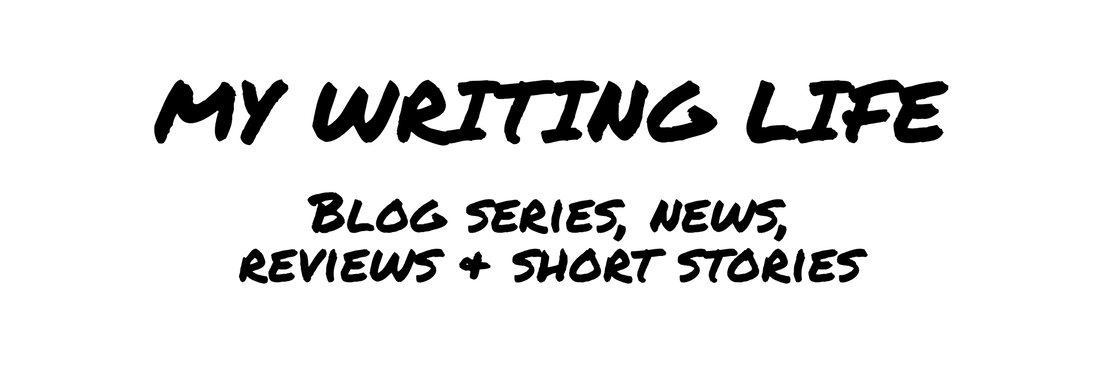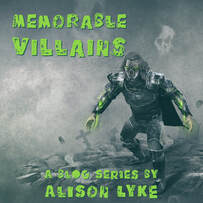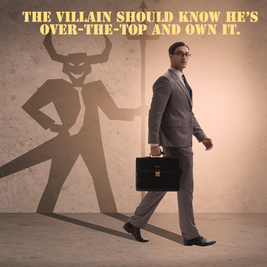|
Supervillains loom larger than life while cackling manically and plotting to take over the world or even the universe. These villains populate many forms of modern storytelling, including fantasy and sci-fi. However, supervillains are most often seen as foils to their counterparts, superheroes. Occasionally, the supervillain’s plans for takeover are so ruinous that other villains switch sides, helping the superhero or even becoming a hero themselves. World Domination is a Tough Gig The problems with supervillains who just want to take over the world are twofold. First, world domination is a boring motive. Second, world domination is brutal. Once you have the world, what will you do with it? Torture everyone? Boo, gross! There will be a coup next week. What else could you do? Create a functional society – that’s not very super-villainy, is it? The dull goal of takeover is often covered up by cool weapons of mass destruction and snazzy henchmen. But, for many, sparkling trappings don’t make up for the weak character. The best supervillains believe they are changing the world for good. However, a more plausible situation is a shadowy group of dogmatics taking over the world, with the villain in the group's upper echelons. The Waterfords in Handmaid’s Tale are an excellent example of this kind of villain. On the other hand, a high-ranking bureaucrat is hardly a bombastic supervillain, and many writers want to include a grandiose antagonist in their stories. I suggest taking a tongue-in-cheek approach if this is your aim. The villain (and the writer) should know she’s over-the-top and own it. If you want to be on the more serious side, consider giving your supervillain an ulterior motive aside from world domination. Maybe they’re trying to take over a company, or a city, a-la the Superman supervillain Lex Luthor. Supervillain Motives Whether they are bombastic or shadowy, taking over the universe or taking over a park, supervillains must have a motive that makes sense. They cannot simply want power; they must want it for a reason, it could be an evil reason or a relatable one, but the lust for power must be justified. A basic motive makes sense, but it should be interesting as well. Perhaps your villain has a crushing fear of being powerless, which turned pathologic, and they must amass more and more money and power without the competency to manage the growing confederation of followers gathering beneath him. Or, maybe your villain’s daughter has an incurable disease, but instead of accepting fate, the villain believes that, with enough power, he can defy natural law. Whatever the reason for the villainy, it should be a good one, and it must be worth all the trouble. Infamous Supervillains  As is the case with many supervillains, Captain Hook’s trauma has corrupted him. He lost his hand to a crocodile in fight with Peter Pan, and now he has a pathological fear of the crocodile. Hook subsequently terrorizes the children of Neverland, determined to extract revenge on Peter. Queen Jadis the White Witch in the Chronicles of Narnia is the “witch” in the most popular book in the series The Lion, The Witch and The Wardrobe remakes the magical realm in her own, cold, snowy image. Normally, I like to stick to literature for my examples, but I’d feel remiss if I didn’t add Emperor Palpatine from Star Wars to the list of super bad bad guys. He’s one of the villains who are so vile he inspires other evildoers to repent and join the hero’s side. Other blogs in this series:
0 Comments
|
Alison Lyke
Categories
All
Archives
November 2022
|



 RSS Feed
RSS Feed
